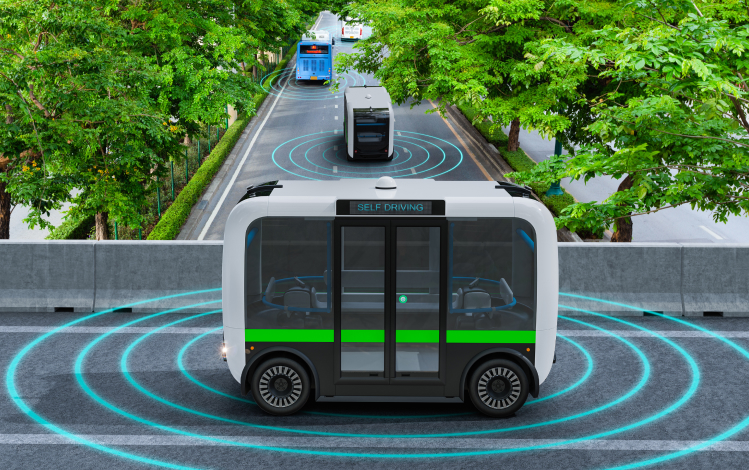

Selling 5G: Make It Relatable
In 1837, Samuel Morse developed and patented the electric telegraph. Although he could not have known his invention would eventually lead to the development of the telephone, he realized its wide-reaching communication applications for his time. Unfortunately, the telegraph was initially viewed as a passing novelty and struggled to achieve widespread adoption. People’s resistance to innovation is nothing new — new technology has always faced skepticism throughout history.
Fast forward to today, the telecommunications industry still faces the same problem. Much like how people worried about 3G and 4G in the past, encouraging 5G adoption remains challenging. The technology’s complicated nature makes it difficult for consumers to understand how they will benefit from using it. Although the industry has historically focused on network speed and coverage as its key messages, service providers have, unfortunately, underdelivered on these promises. Case in point: Despite being the first in the world to provide 5G communications services, South Korea’s telecommunications providers saw 560,000 consumers downgrade to LTE due to poor connectivity.
On the bright side, consumer trends reveal that people are interested and curious about 5G, especially in Asia Pacific countries adopting the technology at scale. Translating interest to adoption requires a different approach — one centered around showing the technology’s value and addressing users’ concerns.
Focus on experiences and possibilities
Instead, telecommunication companies and brands must focus on how the technology can affect people’s lives and highlight how it will improve their experience.
Consider how China’s Yutong Bus promoted its 5G-enabled autonomous buses: On World Telecommunication Day, the brand launched its 5G Intelligent Public Transport of Intelligent Island project — a pilot showcasing the benefits of a fully autonomous bus network. Residents of Zhengzhou in Henan province were impressed by the convenience of updated bus arrival times and the faster trips these buses enabled. The pilot was a success — autonomous buses transported passengers over 360,000 km with zero safety incidents. The city invited Yutong to expand its fleet citywide, adding 200 autonomous buses this year.
Yutong illustrated the innovation’s direct impact through a practical example. By demonstrating the possibilities of 5G and connecting today’s realities to a future 5G-powered world, it drove interest and catalyzed adoption.
Promote credibility and address concerns
It’s no secret that 5G does not have the best reputation. Apart from promoting its benefits, service providers selling 5G must work against negative perceptions as well.
Sentiment toward the technology has soured in recent years due to political and health concerns. This feeling is nothing new: In our WE Brands in Motion study, 69% of consumers surveyed said that change is happening too fast and 55% felt forced to adapt to technological change. The breakneck speed of recent technological progress has induced fear and frustration among the public. Environments like these are where misinformation thrives.
Countering misinformation has come to the fore in recent years, and telecommunication companies find themselves addressing this for 5G. To provide clarity and reduce skepticism, service providers must curate information from trusted sources and provide unbiased information to the public across multiple media formats. Telstra, Australia’s largest operator, set up an awareness campaign aimed at combating 5G misinformation. It partnered with a local comedian to release a slew of humorous videos debunking 5G myths. This approach alleviates concerns and builds trust with a larger audience, changing opinions about 5G for the better.
Innovation and communication work hand in hand
Without adoption, innovation is meaningless. Seven years after Samuel Morse first invented the electric telegraph, he sent the first official telegraph from Washington, D.C., to Baltimore and amazed an audience of congressmen with its utility. Within the next decade, the telegraph network had grown 600 times and became an indispensable tool for individuals and businesses alike.
Technology continues to make giant strides, but people’s natural resistance to change remains largely the same. Adoption will become effortless only once people feel direct value in their lives. Although telecommunications recognize 5G’s vast potential across people’s lives, they must illustrate the possibilities of 5G to consumers.
The latest blogs from WE
Pride is Democracy
Overcoming the Lack of Diversity in Clinical Trials
Is Corporate Purpose Still Relevant in 2024?
